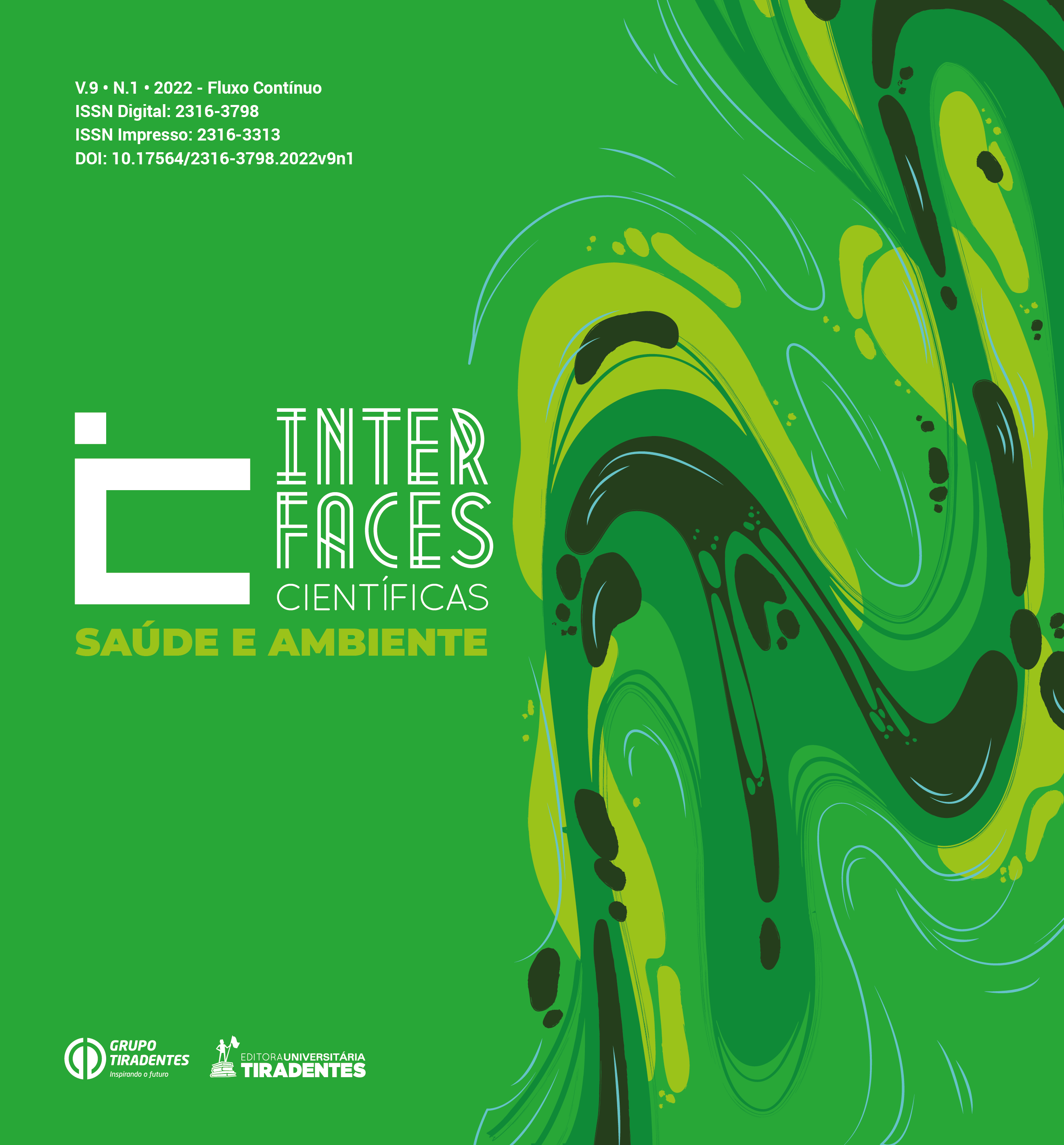EFEITO DA QUALIDADE DO AR E VARIÁVEIS METEOROLÓGICAS NAS INTERNAÇÕES POR DOENÇAS CRÔNICAS NÃO TRANSMISSÍVEIS
DOI:
https://doi.org/10.17564/2316-3798.2022v9n1p68-86Published
Downloads
Downloads
Issue
Section
License
Copyright (c) 2022 Interfaces Científicas - Saúde e Ambiente

This work is licensed under a Creative Commons Attribution-NonCommercial 4.0 International License.
Autores que publicam nesta revista concordam com os seguintes termos:
a. Autores mantêm os direitos autorais e concedem à revista o direito de primeira publicação, com o trabalho simultaneamente licenciado sob a Licença Creative Commons Attribution que permite o compartilhamento do trabalho com reconhecimento da autoria e publicação inicial nesta revista.
b. Autores têm permissão e são estimulados a distribuir seu trabalho on-line (ex.: em repositórios institucionais ou na sua página pessoal), já que isso pode gerar aumento o impacto e a citação do trabalho publicado (Veja O Efeito do Acesso Livre).
Abstract
Exposure to air pollution generates negative effects on human health, potentiating several pre-existing diseases in the population. Due to the deleterious effects of pollutants, they are considered a risk factor for the development of chronic non-communicable diseases (CNCD). Meteorological variables affect the levels of these pollutants in the atmosphere, impacting the population's exposure to these pollutants. This study evaluated the association between air quality, meteorological variables, and the number of hospital admissions for noncommunicable chronic diseases in the municipality of Canoas-RS, between January 2014 and December 2018. This was a cross-sectional, descriptive and retrospective study of the relationships between air quality and meteorological variables, with the occurrence of hospital admissions for non-communicable chronic diseases in the city of Canoas-RS. The study covers the period from January 2014 to December 2018. For the statistical correlation between these factors, it was used the Pearson correlation (r) by the SPSS software, considering the p value <0.05 as significant. The air quality parameters, PM10, O3, NO2, exceeded the limits recommended by the regulatory agencies. Regarding hospital admissions records, there was evidenced a higher record of admissions in males and in the elderly age group. It is possible to verify a significant correlation between the atmospheric pollutants and hospital admissions as well as in meteorological variables.




















